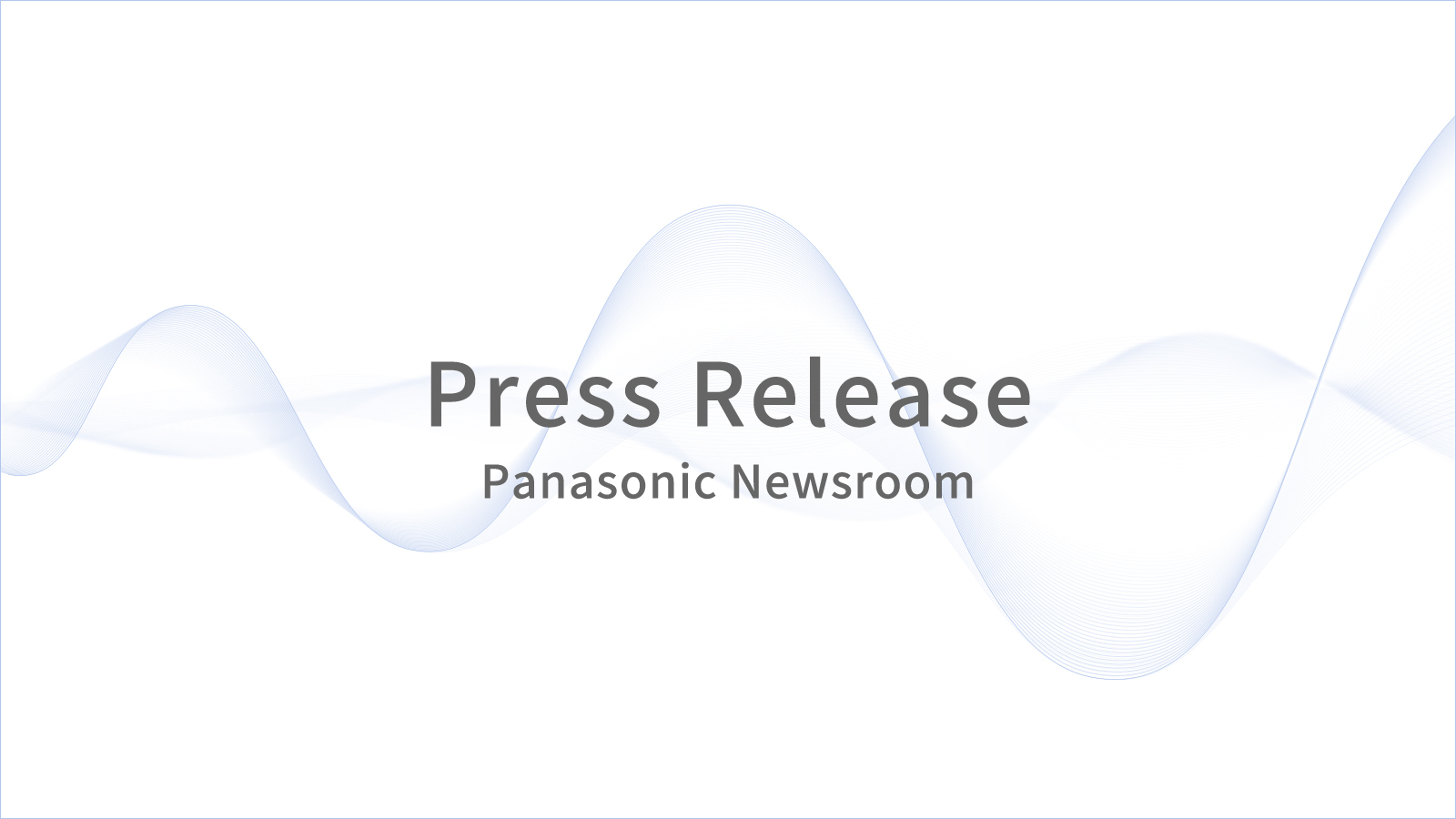
Jun 07, 2024
- Products & Solutions
- Press Release
- Business Solution
- Media and Entertainment
Jun 29, 2012
Products & Solutions / Blog Posts
Panasonic today announced that a car carrier outfitted with Panasonic's green technology has been completed and is now ready for the sea.
The ship named EMERALD ACE, designed to achieve zero emissions in harbor with a hybrid electric power supply system on board, is a result of joint R&D efforts the company embarked in January 2010 together with Mitsui O.S.K. Lines, Ltd. (MOL) and Mitsubishi Heavy Industries, Ltd. (MHI) to explore a car carrier using natural energy. The EMERALD ACE will leave MHI's Kobe shipyard today, ready to go into service on routes around the world.
This R&D was designated as part of the "Project to Develop Technologies for the Reduction of CO2 Emissions from New Ships" by the Ministry of Land, Infrastructure, Transport and Tourism and is supported as a cooperative research program to develop technology to reduce greenhouse gas emissions in international shipping by Nippon Kaiji Kyokai (ClassNK), a non-profit ship classification society dedicated to ensuring the safety of life and property at sea as well as protecting the marine environment.
The EMERALD ACE employs Panasonic's system consisting of its HIT solar modules (160 KW) and lithium-ion batteries (approx. 2.2 MWh1). With this system, Panasonic is aiming to establish a technology that enables a ship to reduce its total CO2 emissions by supplementing the power generated by the ship's diesel power generator. The power generated by the HIT solar modules and stored in the lithium-ion batteries is primarily used while the ship is at anchor, allowing the diesel power generator to be turned off, thereby helping to reduce environmental impact of the ship in port as well as CO2 emissions. The lithium-ion batteries are located at the bottom of the ship, used as fixed ballast2, so that they do not affect the carrying capacity of the ship.
Panasonic continues to develop and provide systems that combine solar cells and secondary batteries that leverage the company's expertise in energy creation and storage.
1. Practical value
2. Weight placed at the bottom or in a tank for stabilizing the ship. Seawater is usually used by commercial carriers.
The content in this website is accurate at the time of publication but may be subject to change without notice.
Please note therefore that these documents may not always contain the most up-to-date information.
Please note that German, French and Chinese versions are machine translations, so the quality and accuracy may vary.